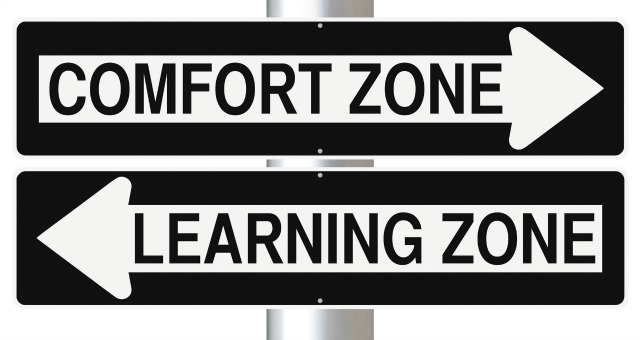Surprised by the title? Yeah, so was I when I got to thinking about this. Everyone loves to say the word: “Innovation”. We roll it around our minds, our meeting rooms, workshops, conferences – wherever we can really. In-no-va-tion. Mm! Such a satisfying sequence of syllables.
But, if you reflect a little, despite the fact that we say the word quite a bit, we don’t often get to the crux of it, do we?
I attended a panel presentation last week on “Sparking an Innovative Culture”. The two panelists spoke a lot about culture, but I can’t remember anything really profound that was said about innovation. This wasn’t my first experience of a session that was supposed to be about innovation, and ended up being about something else entirely.
So why oh why aren’t we talking about innovation?
Do we know what it means? Are we scared of it? Do we feel equipped to talk about it – do we have the right words?
There’s this great article, which asks 15 innovation experts to share their definition of innovation and generates a meta-definition of 17 words: “Executing an idea which addresses a specific challenge and achieves value for both the company and customer”.
I like those words, those are good words. Those words aren’t new words, nothing about the Fourth Industrial Revolution there, or the VUCA world. Just 17 solid, tried-and-trusted, Regular Joe kind of words. So where’s the innovation?
The innovation for me, lies in the three processes of this definition: executing, addressing, and achieving.
Elizabeth Gilbert wrote a great book about creativity, and in it she argues that “Ideas are driven by a single impulse: to be made manifest”. Ideas want to be executed, if they were genetically engineered in any direction it would be to transform from idea into action. But reflect for a moment on how many of your own ideas you’ve made manifest. All those ideas you’ve had, for that book, for that product, for that holiday, for that party, for repainting the kitchen. How many of them moved from idea to action? Yeah, not all that many. Executing an idea requires energy and time, ofcourse, but also courage, chutzpah, daring, creativity, and tenacity. Not things that you see everyday really.
And then linking an idea to a specific challenge, addressing that challenge, not skirting about the issue but facing it head-on. That requires careful negotiation, understanding that extends beyond the superficial and into the intuitive, and staking your name to a task – saying it’s this, this is what I want to solve. In that, you’re holding yourself accountable and announcing to the world that it too can observe you as you navigate implementation of your idea. Brave. Risky. Meaningful.
We finish off with achieving, achieving value. This isn’t about completing a project, it’s about completing a project in such a way that at the end of it all, you’ve brought something valuable into existence, something that creates and contributes and improves, maybe even inspires. BOOM!
So let’s start talking about this stuff. Let’s start asking how we can be brave, how we can reimagine value. Through that, the innovation will come.
—-
Interested in having a conversation about innovation? So are we! Connect with us at hello@merakicollective.co.za.



















